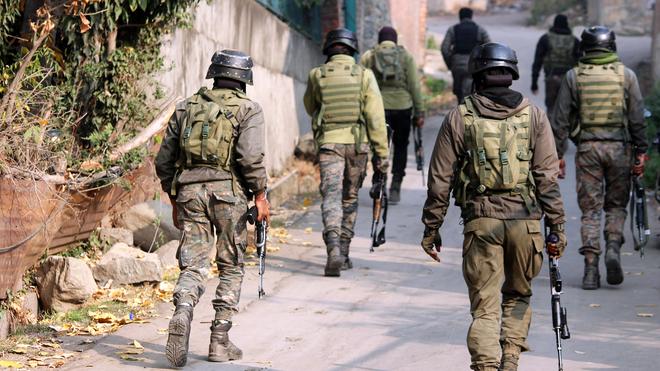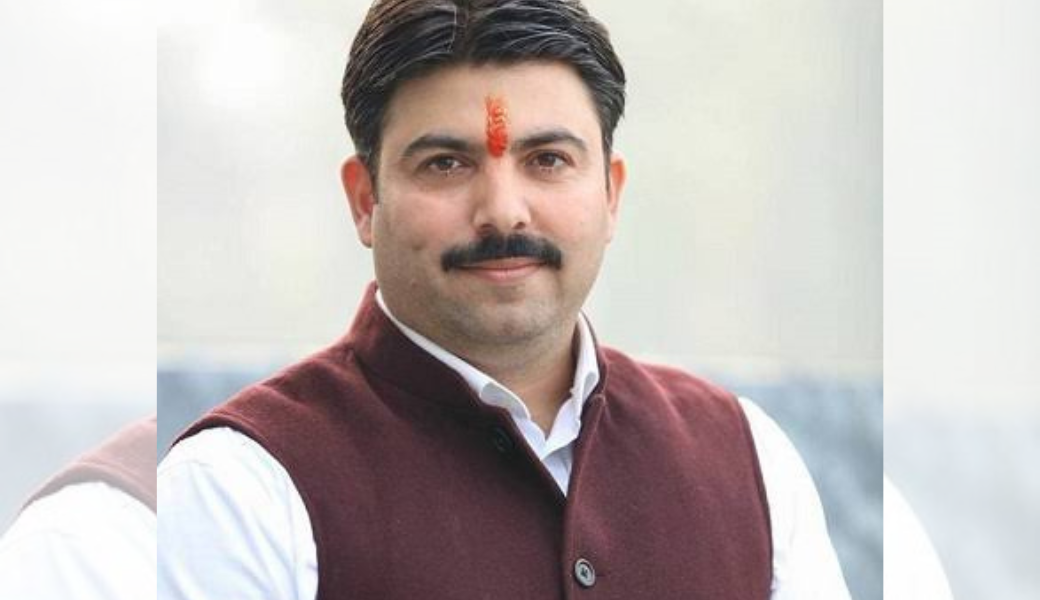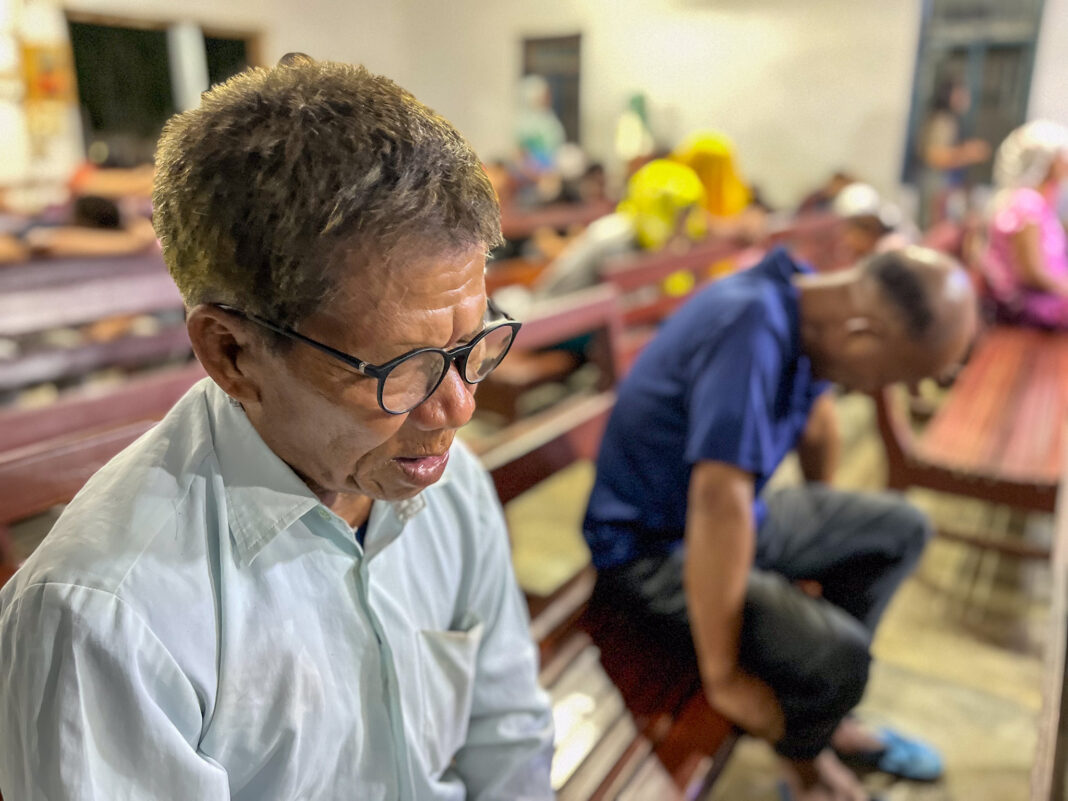
(Photo: The Quint)
Not surprisingly, the Ram Mandir in Ayodhya is emerging as one of the BJP’s main planks for the upcoming Assembly elections in Uttar Pradesh. This became particularly evident in the past one week. On one hand, Prime Minister Narendra Modi stressed that India’s Olympic Bronze medal in hockey, the Ram Mandir Bhoomi Pujan, and the abrogation of Article 370 in Jammu and Kashmir all happened on 5 August.
Though it was a rather convoluted connection between the three events – especially with the government having nothing to do with the hockey win – but Modi did try to project it as part of his One Nation narrative.
Then, Uttar Pradesh Chief Minister Yogi Adityanath visited Ayodhya on the first anniversary of the first Bhoomi Pujan of the Ram Mandir last week.
During his visit, Adityanath attacked Samajwadi Party president Akhilesh Yadav by saying the Ram Mandir is coming up where his father Mulayam Singh Yadav said that he won’t let anyone come near it. Yogi even gave it a communal spin by referring to the former CM as Akhilesh’s “Abbajan”.
There are two main reasons why the Ram Mandir card is crucial to the BJP’s calculations in the run-up to the Uttar Pradesh elections next year.
COUNTERING THE ‘FEEL BAD’ FACTOR
Yogi Adityanath is a polarising figure as Uttar Pradesh chief minister. On one hand, his being at the helm has excited the core Hindutva base of the BJP. In no small part this is due to his frequent comments against Muslims as well the policies of his government.
On the other hand, his government is facing a great deal of flak on a number of fronts: From its handling of the COVID-19 pandemic, to its failure in creating jobs, besides opposition from different sections such as farmers, government school teachers etc.
Political observers suggest that there is generally a ‘feel bad’ factor in Uttar Pradesh, especially after the COVID-19 second wave. While its intensity may have reduced with the number of cases and deaths coming down, there’s still very little optimism about the future among the electorate. This may not be specific to UP and many other states may be facing the same but that doesn’t make it any less harmful for the BJP in the state.
The Ram Mandir in Ayodhya is a very important mechanism for the BJP to counter this ‘feel bad’ factor among the public. At least to a sizable section of Hindu voters, it gives something to look forward to in the otherwise bleak times.
“At least one vote we can give in the name of Ram Mandir,” is a sentiment among a section of voters.
It is this sentiment that the BJP wants to capitalise on, hoping that it would help overcome the negativity over loss of jobs and economic stagnation.
PRESERVING BJP’S SOCIAL COALITION
The BJP’s success in Uttar Pradesh in 2017 was largely a result of very innovative social engineering, bringing together upper caste, non-Yadav OBC and non-Jatav Dalit voters.
However, this coalition is still a fragile one. And if there is an atmosphere of anti-incumbency, there could be some shift of Dalit, OBC and maybe even a small chunk of upper caste votes away from the BJP. As it is the party could lose a section of Jat votes due to the farm laws and the resentment among sugarcane farmers of West UP.
Recent opinion polls suggest that UP may be heading towards a slightly more bipolar polity than before, with the BSP and Congress’ base reducing to some extent and the SP making gains.
Though the BJP still seems to have a lead over the SP, things could become unpredictable if governance issues dominate the election.
The Ram Mandir is an issue with which the BJP hopes to keep its broad Hindu coalition intact.
Recent events such as the Union government’s decision to extend OBC reservation in medical education, or the BSP and SP’s overtures towards Brahmins and the demand for a caste census had shifted the political discourse towards caste. The BJP hopes that a renewed buzz around Ram Mandir could bring Hindutva back at the centrestage.
‘MODI VS YOGI’ IN THE BATTLE FOR LEGACY
There’s another element to this, the importance of which goes beyond the Uttar Pradesh Assembly elections. It is also a battle for who in the Hindutva family will be seen as the hero of the Ram Mandir’s construction. Several politicians have in the past tried to gain mileage through the Mandir issue — from Rajiv Gandhi beginning his election campaign from Faizabad and the locks of the disputed structure being opened during his tenure, LK Advani for his Rath Yatra that made Ram Janmabhoomi a national movement, Kalyan Singh and Narasimha Rao — the CM and PM under whose watch the Babri Masjid was demolished and finally Modi and Yogi, under whom the construction of the Mandir has begun.
Modi has already upstaged Advani as the hero of the Ram Mandir, even though it is coming as the result of a Supreme Court verdict.
According to a poll by C-Voter earlier this year, 23.7 percent voters consider the Supreme Court judgment as Modi’s biggest achievement in his second term as PM, behind only 47 percent who said that the abrogation of Article 370 is his biggest achievement.
On the other hand, Yogi has been visiting Ayodhya frequently to “supervise” the construction of the Ram Temple. He has also renamed Faizabad district to Ayodhya and changed the district headquarters to Ayodhya city.
Yogi is clever and understands that if Modi could replace Advani as the hero of the Ram Temple in the Hindutva constituency, with some effort, he too could establish his legacy.
Being the CM of UP, he is logistically better placed than Modi to monitor the construction of the temple and make frequent visits to Ayodhya.
It is clear that the Ram Mandir issue isn’t going any where. Even Opposition parties may end up referring to the issue — for instance, the SP and AAP led the attack against the BJP on the alleged irregularities in the land allotment by the Ram Mandir trust.
This story first appeared on thequint.com





